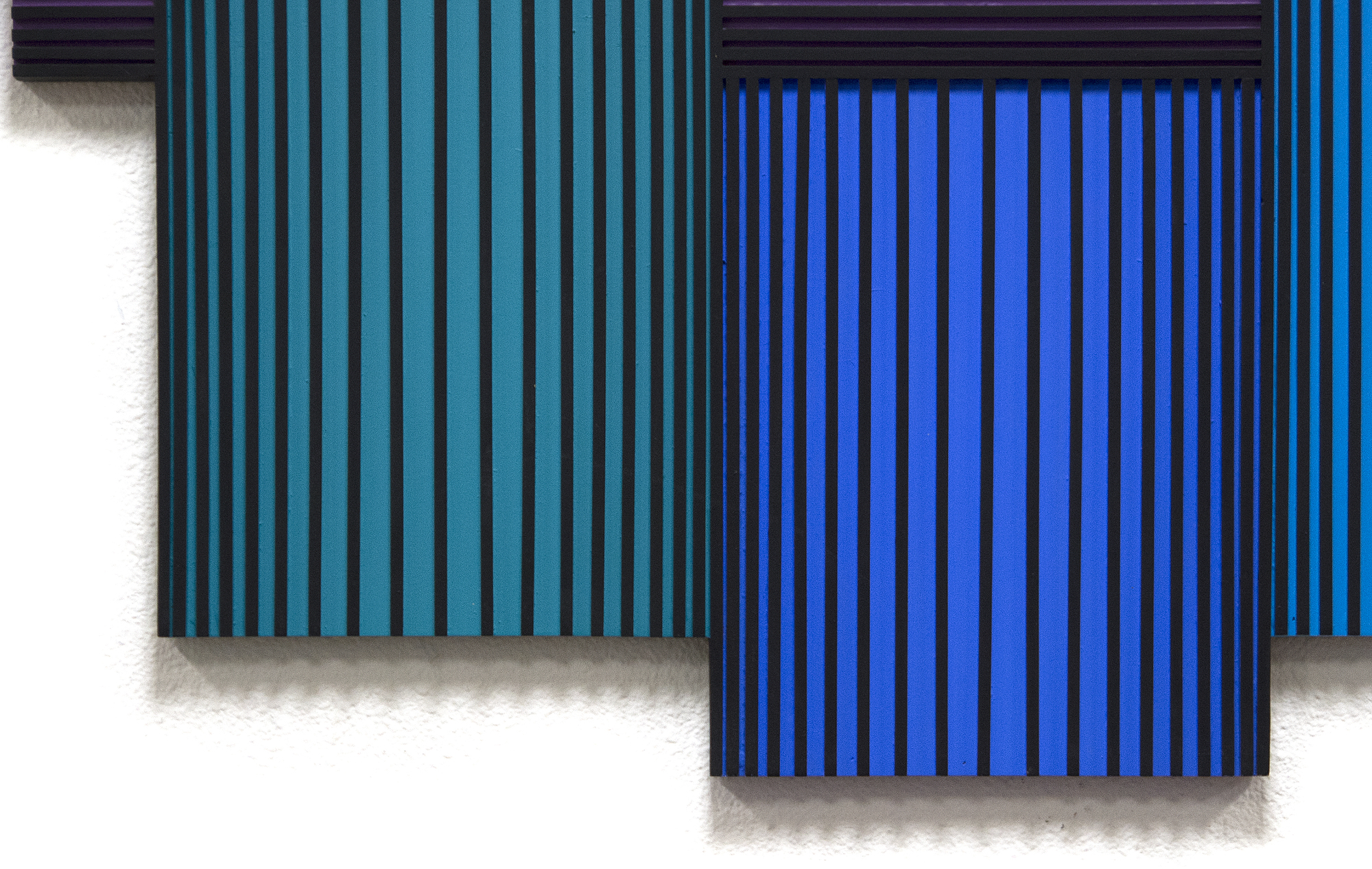RICHARD ANUSZKIEWICZ (1930-2020)









Provenance
Collection de l'artisteGalerie Charles Foley, Columbus, Ohio, Ohio
Collection privée, Californie, 1988
Heather James Fine Art, Californie
Collection privée, Californie, 2019
85,000
Un élève d'Albers, Richard Anuszkiewicz, a utilisé l'émail et la peinture acrylique sur du bois de manière à créer ses compositions exactes et sans compromis. On peut ressentir un grand sens de l'action dans l'œuvre actuelle, "Translumina". La pièce sœur de "Translumina", "Translumina II" (1986), fait partie de la collection permanente de la Albright-Knox Art Gallery, à Buffalo.


